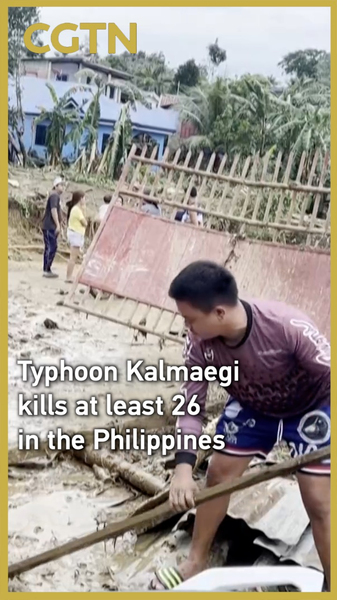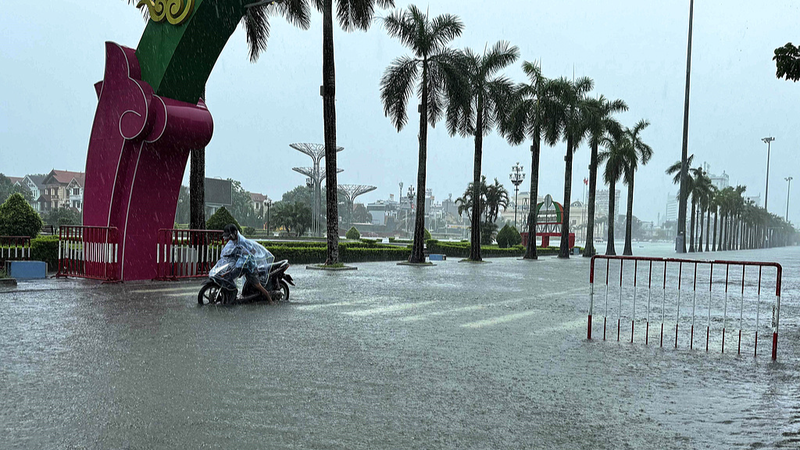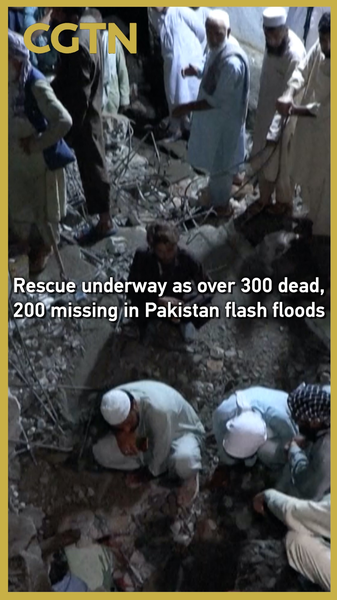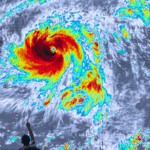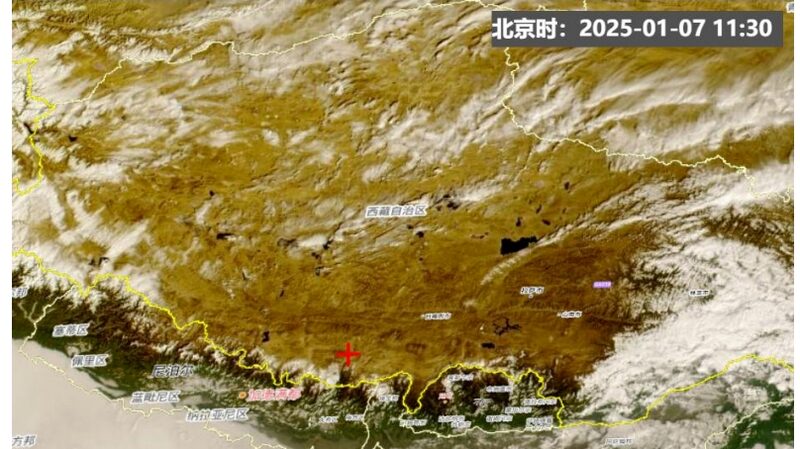Typhoon Kalmaegi has left a trail of destruction across the Philippines, killing at least 26 people and displacing tens of thousands, according to the Office of Civil Defense (OCD). The storm, which brought torrential rains and violent winds to central and southern regions, triggered deadly floods, uprooted trees, and caused electrocution incidents.
Nearly 60,000 residents have been affected, with many forced into evacuation centers as rescue teams scramble to clear debris and restore essential services. The National Disaster Risk Reduction and Management Council reported widespread damage to infrastructure and agriculture, raising concerns about long-term economic impacts.
Relief operations faced further challenges when a Philippine Air Force helicopter crashed on Mindanao island during a mission to deliver aid. No casualties were reported in the crash, but the incident underscores the risks faced by first responders in disaster zones.
Authorities are urging caution as forecasts predict continued rainfall in vulnerable areas. The typhoon’s aftermath highlights the Philippines’ ongoing struggle to mitigate climate-related disasters, a critical issue for investors and policymakers monitoring Asia’s disaster resilience strategies.
Reference(s):
cgtn.com
